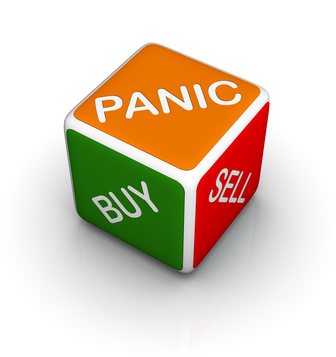 Market volatility is the rate at which any activity in a financial instrument fluctuates on a daily basis. In other words, market volatility is the uncertainty about the size of change in the price of a security. Volatility is generally found by calculating the yearly standard deviation of a daily change in the price of a security.
Market volatility is the rate at which any activity in a financial instrument fluctuates on a daily basis. In other words, market volatility is the uncertainty about the size of change in the price of a security. Volatility is generally found by calculating the yearly standard deviation of a daily change in the price of a security.
High volatility means the value of a security can change drastically over a short period of time—in either direction. Changes in value at a steady rate, on the other hand, indicate low volatility.
When financial markets have high volatility, investors may fear that stock prices will plummet, as they experience high uncertainty about the direction of the markets. Fear about the markets often leads to a downward spiral effect as witnessed during the most recent financial crisis known as the Great Recession.
Some common factors that cause market volatility include: world events such as terrorist attacks and wars, natural disasters, industrial changes, and the state of the global and domestic economies.
Investors and securities firms can keep track of volatility via key indexes.
The Chicago Board of Options Exchange (CBOE) measures market volatility through the CBOE Volatility Index (VIX), which indicates the speed of price movements for stocks in the S&P 100. In general, investors are more attracted to buy stocks when the VIX is high while a low VIX tends to trigger a desire to sell stocks.
The Nasdaq Volatility Index (VXN) primarily measures technology stocks of the NASDAQ 100.
Another major index is the DJIA Volatility Index, which tracks the volatility of the Down Jones Industrial Average.
Need a Reprint?

Leave a Reply